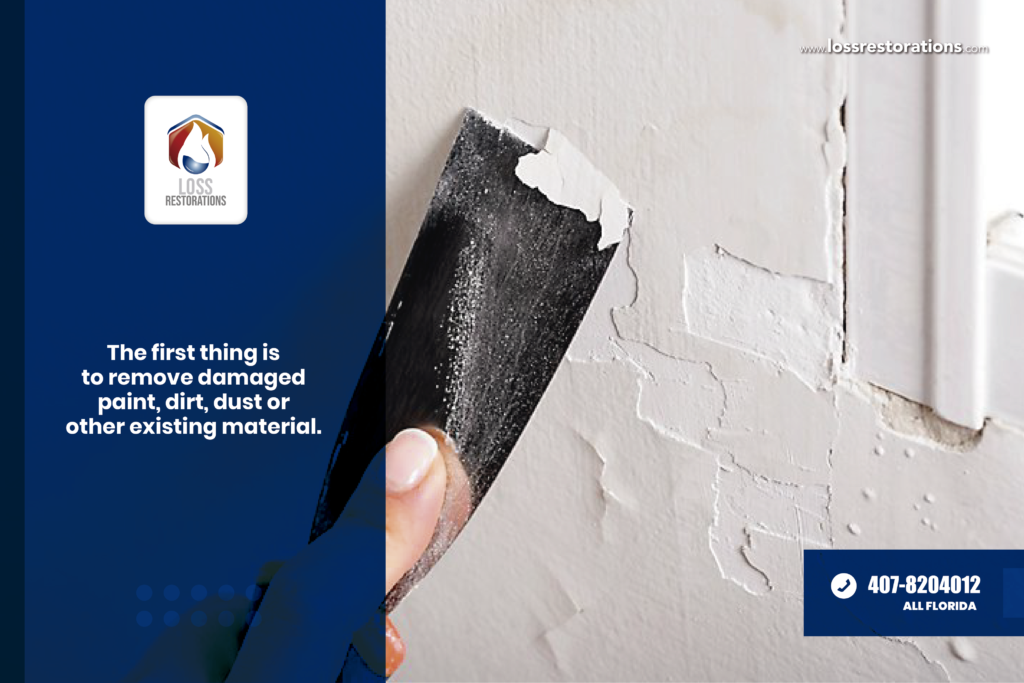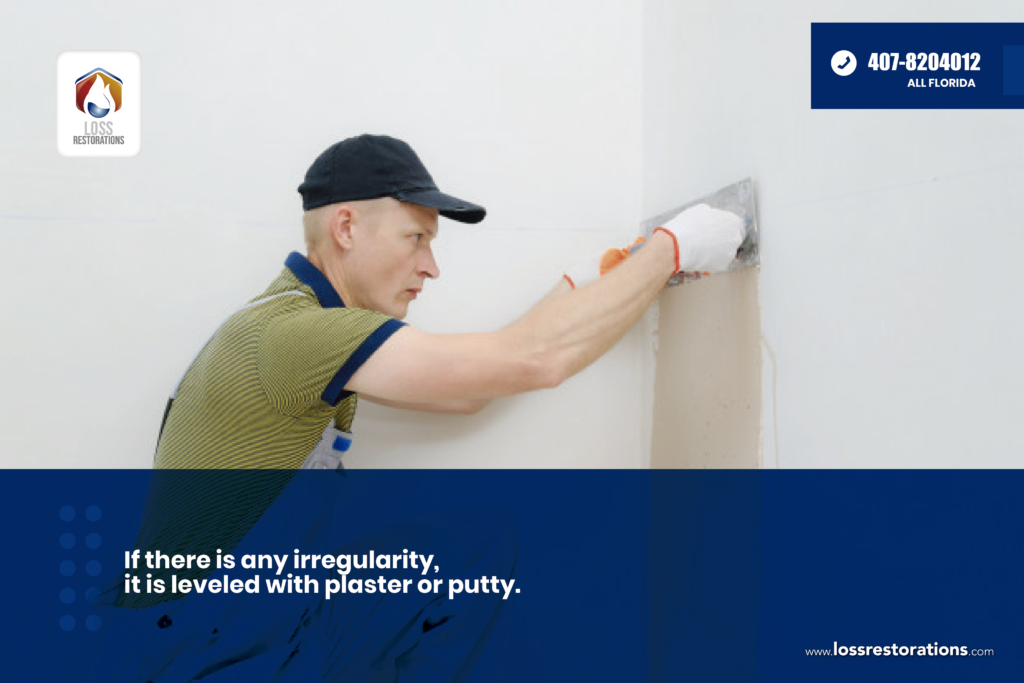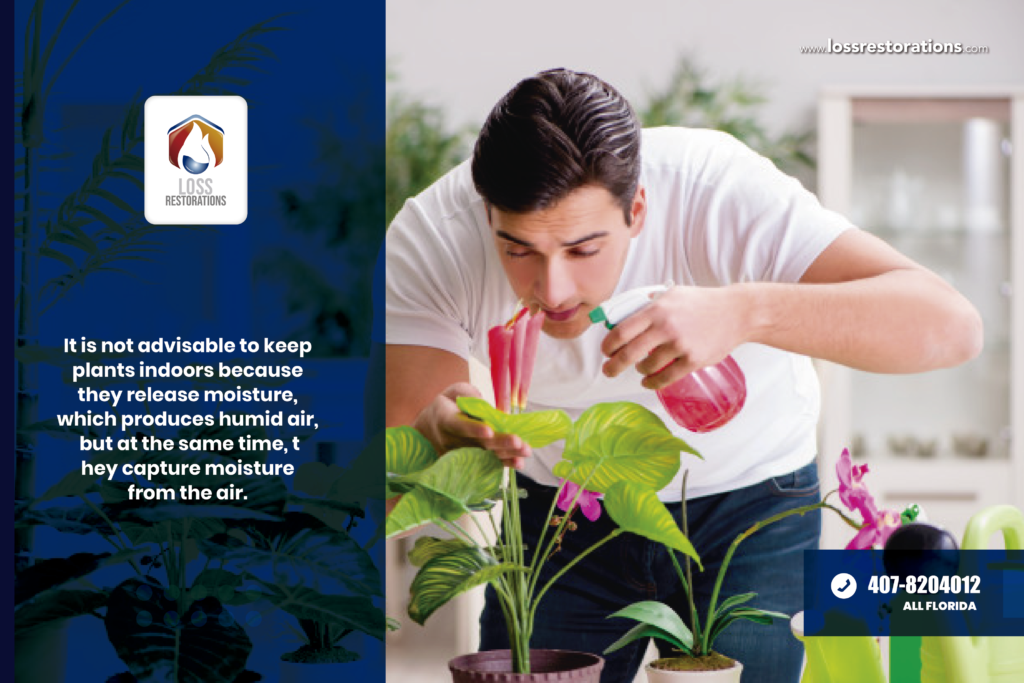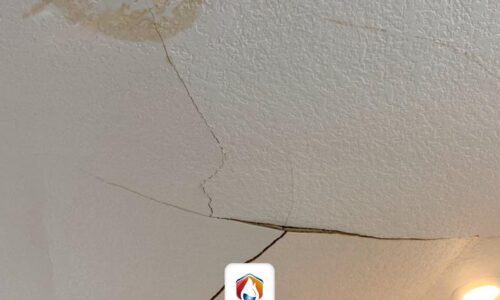For your health and that of your family, you should know ¿how to repair walls due to humidity? Moisture is known as a very common situation that is reflected in the different constructions, specifically in the walls. In addition to damaging the aesthetics of the home or business, it also causes the inhabitants some respiratory diseases and in some cases strong episodes of asthma and sinusitis and even allergies.
The priority of many homeowners is to solve this problem immediately, but there are also people who get used to seeing this on a daily basis and do not look for solutions. The important thing is to be aware of any changes in the walls that evidence the presence of moisture.
The first thing to do is to identify what type of humidity there is? Moisture is caused by rainwater seeping into the building. Condensation moisture is also produced when water vapor turns into liquid and comes into contact with the cold surface to turn the entire environment into humidity.
On the other hand, the humidity caused by the soil is a natural process between water and salts that are then reflected in the floor.
Repairing the walls due to humidity
Many people believe that the immediate solution is to paint the walls and that’s it, but it is not so, everything is a process that must be done slowly to obtain excellent results. There are several ways to repair the walls because of humidity, but first you must make sure what type of humidity there is to attack it successfully.
You must start by attacking the causes that originate the humidity. You will find several solutions but all of them must go hand in hand with a specialized company. After making the respective diagnosis, repairs will be made to the walls in order to make the definitive repair.

Repairing walls due to moisture seepage
It should not be applied immediately, after recognizing how this moisture originated, the exterior problem should be repaired if it exists.
The first thing is to remove damaged paint, dirt, dust or other existing material. The procedure begins to remove the mold stains, then proceed to scrape the surface with the spatula, then clean the damaged area with a special product and for this you have to mix water with chlorine, apply it on the surface and wait until it dries completely.
If there is any irregularity, it is leveled with plaster or putty. It is important to sand the surface until it is smooth and clean it to correctly apply the waterproofing. Apply the anti-humidity paint using a brush, roller or spray gun, whichever is more practical and adapts to the already conditioned surfaces.
It is recommended to paint the entire surface with the waterproofing, not only in the damaged area, because it is better to avoid future damages and the reappearance of humidity.
Materials for repairing damp walls
Materials for repairing damp walls are chosen from 3 types of paints. The white anti-moisture paint is applied on wet walls. The anti-mildew matte paint to prevent mold from coming out again, it is recommended for places with poor ventilation and even with defective thermal insulation. The anti-stain paint, which serves to eliminate any type of stain in dry humidity, smoke or grease among others.
Other alternatives to repair damp walls
There is another way to repair the humidity, it is to use a dehumidifier device that will be able to reduce it progressively. The use of fans or heaters to air the walls is not the most practical method to use.
How to check if the walls are damp?
To check if the walls are damp, it is done before applying the paint. Among the materials to verify if there is humidity, use metallic paper of 10 x 10cm, tape it on the wall, it is recommended to leave it for a full day. If the part that had contact with the wall is dry, it can be painted, if not, wait a prudential time and try again.

How many coats of paint are needed after moisture repair?
This will depend on several factors, for example, the type of primer, the quality of the paint, the color chosen and the base color. There is a difference between a dark color and a light color. The usual is between 2 to 3 coats, it should be left to dry for 24 hours, but you should wait until the paint is completely dry between coats.
Types of paints to repair damp walls
There are two types of waterproof paints for exterior, the one that is impermeable to water that allows vapor to transpire from the interior to the exterior and another that is impermeable in both facets. The interior waterproof paints are, anti-interior humidity, it is a water-based sealant that blocks the humidity both from the outside and from the inside of the construction.
In case there are cracks or fissures on the outside, you can use anti-humidity paint such as polyurethane latex. Latex is completely waterproof and resilient, and will resist temperature changes, weather and rain.
Facade paints for repairing walls due to humidity
Special paints must be used for facades, which are ideal for the walls on the outside of the house. A waterproofing paint is not the same as a facade paint, they are totally different. These paints can be applied with a roller in several layers, for greater effectiveness.

Preventive tips for damp walls
It is not advisable to keep plants indoors because they release moisture, which produces humid air, but at the same time, they capture moisture from the air. It is recommended to dry clothes outside. Make a good investment in downspouts and gutters to avoid humidity and leaks.
All exterior walls should be waterproofed to a height of approximately 20 inches. If possible, a polystyrene liner can be added over the wall, which is a layer of polystyrene adhered to the gypsum board.
To avoid moisture in the walls in your construction, you can immediately contact Loss Restorations online, which provides the best quality services.
Loss Restorations Company is responsible for repairing the damage caused by moisture. Likewise, their staff is committed to solving your problems. They will offer you a plan to offer you a solution and this is a good economic investment to avoid major expenses later on.





La mejor manera de reparar pisos por humedad - Blog
[…] a reducir el moho en las paredes y la humedad en el interior. Al secar los pisos de la humedad, se sentirá un aire más seco. Son fáciles de […]
Elimina ya las filtraciones en las paredes
[…] varias formas de eliminar la humedad en las paredes, habida cuenta de que se conoce de antemano y por experiencia que hay ciertas formas de humedad en […]
Usa herramientas de electroósmosis y evita daños por el agua
[…] problema de humedad en las viviendas a nivel global es una patología muy común y es responsable de degradar los materiales que […]
Diferentes tipos de moho y cómo evitarlos
[…] most common damp environments are bathrooms, laundry and sink areas, and also where there are water leaks such as on roofs and […]